And they all Danced Happily Ever After
£2.00
Activities in this lesson include learning about the structure of early and later traditional stories, the features of a report, and writing a report on the features of later traditional stories.
There is a five-minute evidence-based CPD activity at the end of this lesson which will develop classroom teachers’ skill set. This CPD consists of a research extract on self-regulation with a five-minute activity based on this extract.
Description
These evidence-based learning (EBL) lessons are based on classroom practice that has been proven, by research, to maximise thinking, learning and attainment. From an extensive review of educational research, we identified the eight key classroom thinking and learning skills that were common across these research papers. We named these eight key skills “EBL skills”.
EBL skills have been proven by research to maximise learning because they combine the most productive thinking skills with the most effective learning behaviours. Each of our evidence-based learning lessons uses the English curriculum as a framework through which the eight EBL skills are delivered.
Teachers also have the opportunity to add to their own skill set or refresh their existing skills with our five-minute CPD activity, based on one of the EBL skills used in this lesson.
The skills in bold below are the EBL skills developed in this Cinderella lesson. Click on each skill to learn more about that skill.
- Collaboration
- Thinking Skills
- Peer Assessment
- Peer Teaching
- Self-Assessment
- Metacognition
- Self-Regulation
- Independent Learning
1 review for And they all Danced Happily Ever After
Only logged in customers who have purchased this product may leave a review.
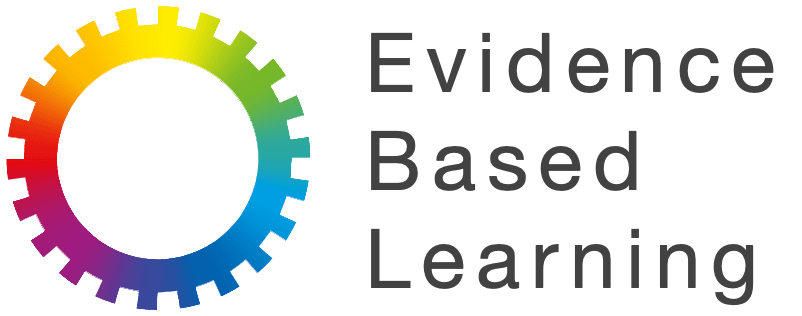




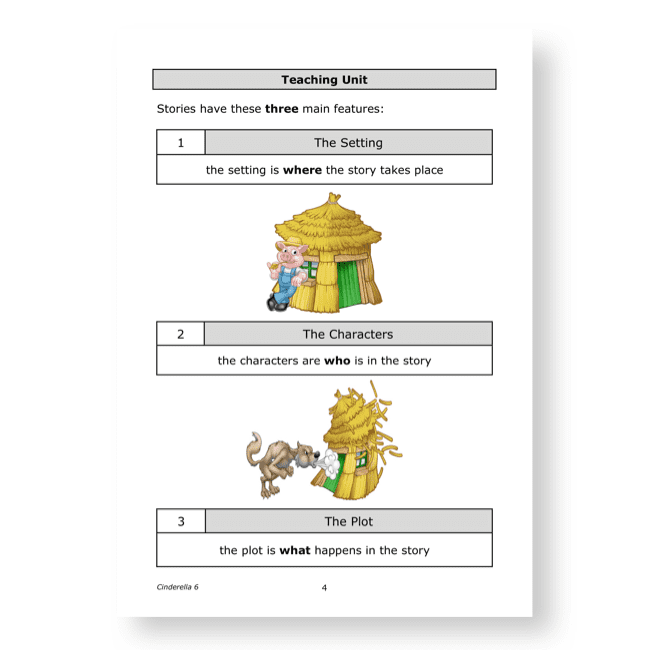
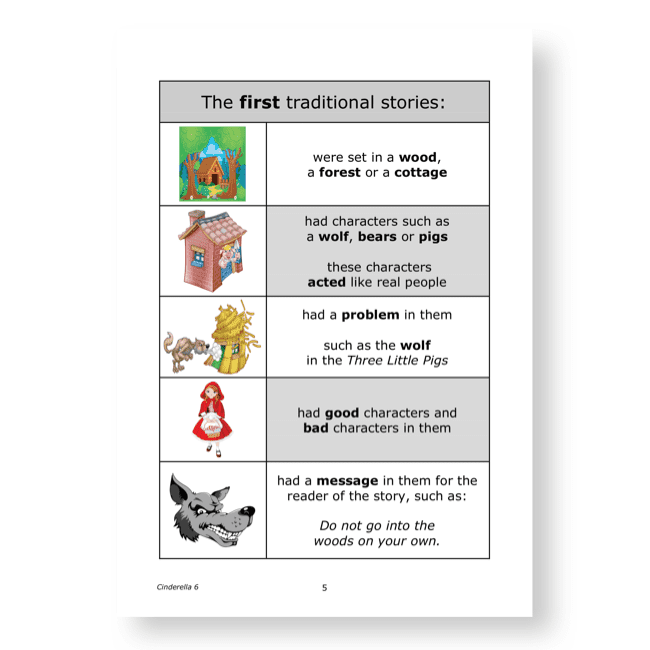
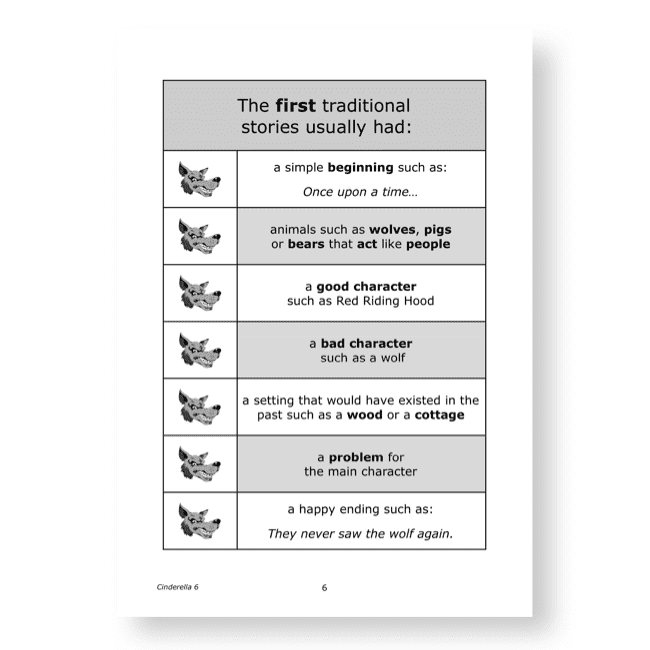
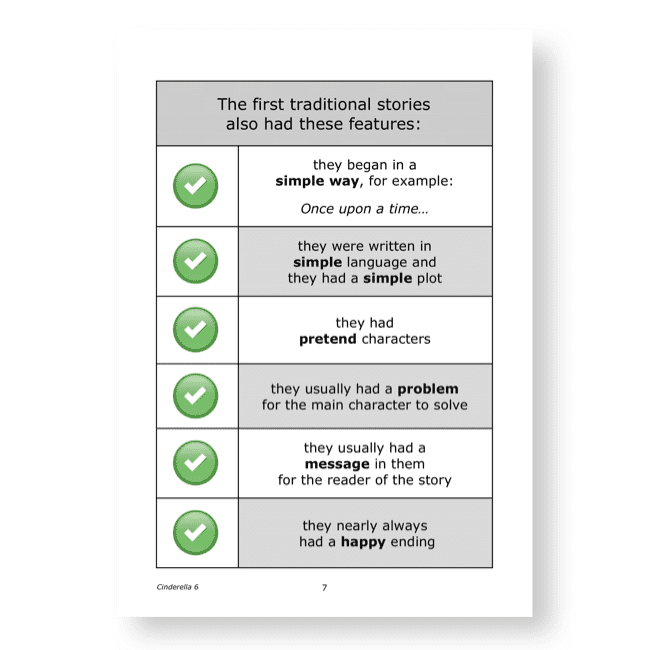
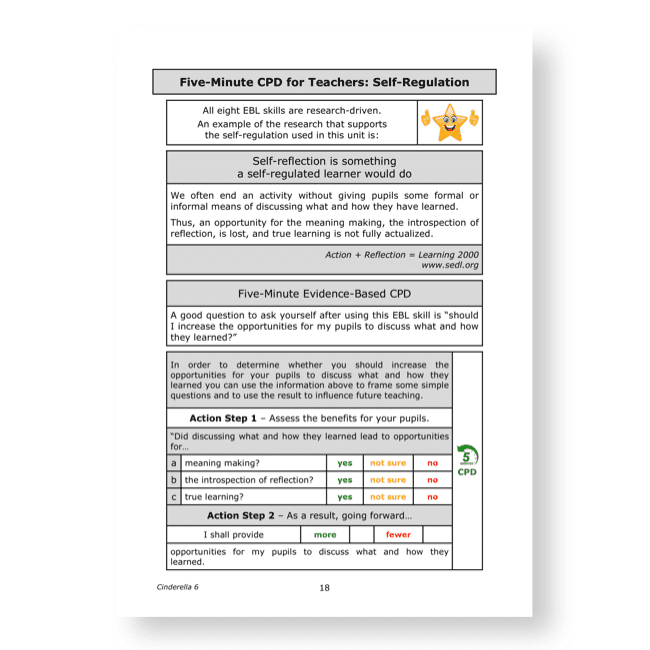



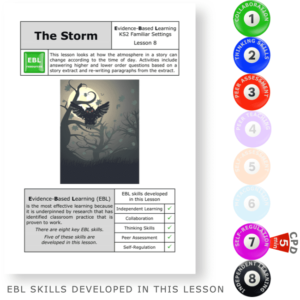
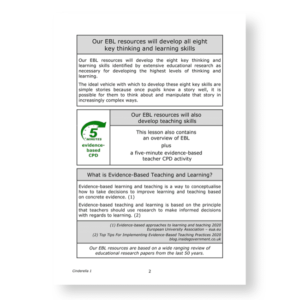
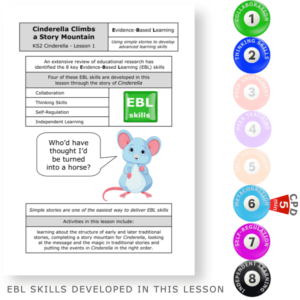
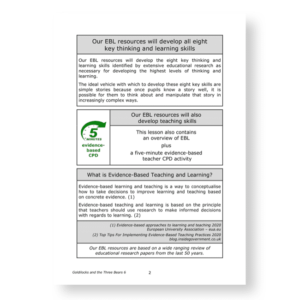
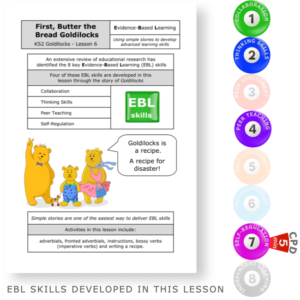
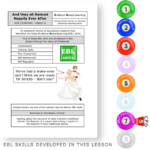
Philipem (verified owner) –
We asked a.i. to review this resource. This is what it said:
“And they all Danced Happily Ever After” – Teach Traditional Tales and Key Skills with Cinderella
I’ve just found a brilliant KS2 resource that seamlessly integrates teaching features of traditional stories with developing essential thinking and learning abilities – saving precious curriculum time. It’s structured around comparing early and later fairy tales like Cinderella.
🚀 Why this Cinderella lesson works
🌟 Explains differences between early and later traditional tales
🌟 Gets students writing a report on key traits of later fairy tales
🌟 Develops 5 evidence-based learning skills: collaboration, thinking skills, peer assessment, self-assessment and self-regulation
🌟 Contains a 5 minute CPD activity on the value of self-reflection
The lesson clearly sets out unique elements of both early and later traditional stories, before getting students to co-write an informative report on distinctive attributes of later fairy tales like Cinderella. This applies their understanding in a creative way.
Peer and self-assessment activities then allow students to evaluate and improve their reports. The self-regulation task at the end gets learners reflecting on their work.
I would give this complete, ready to use resource 5 stars 🌟🌟🌟🌟🌟 for its ingenuity in combining English and research-backed learning objectives seamlessly via a classic story context.
I highly recommend this lesson for an engaging way to develop literacy and key skills efficiently. The familiar Cinderella story hooks students into learning new concepts.